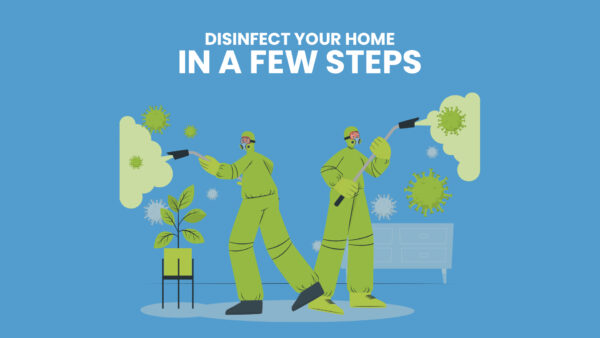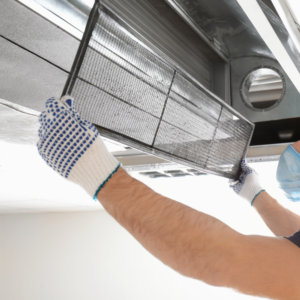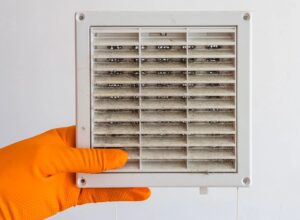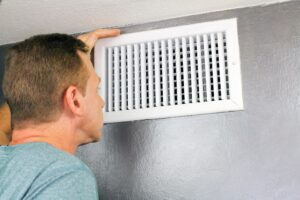With the recent outbreak of COVID-19, people are now more vigilant than ever. They are up for gaining more and more knowledge about how to disinfect your home so they can avoid the infection successfully.
Frequent and detailed home cleaning and disinfecting are essential to keep your family healthy and safe. COVID-19 transmits from one person to another, which has a much greater risk than the transmission of infection through surfaces.
For this reason, the international guidelines recommend cleaning and disinfecting the house after COVID at least one to two times a day. Even though you aren’t going in or out, people might still visit you, and for this, you must learn how to disinfect your home.
A recent study revealed that COVID-19 contaminants remain in the air for about three hours, live on cardboard for around 24 hours, and present on steel and plastic for up to three days. Here are some of the few ways that tell you how to disinfect your home.
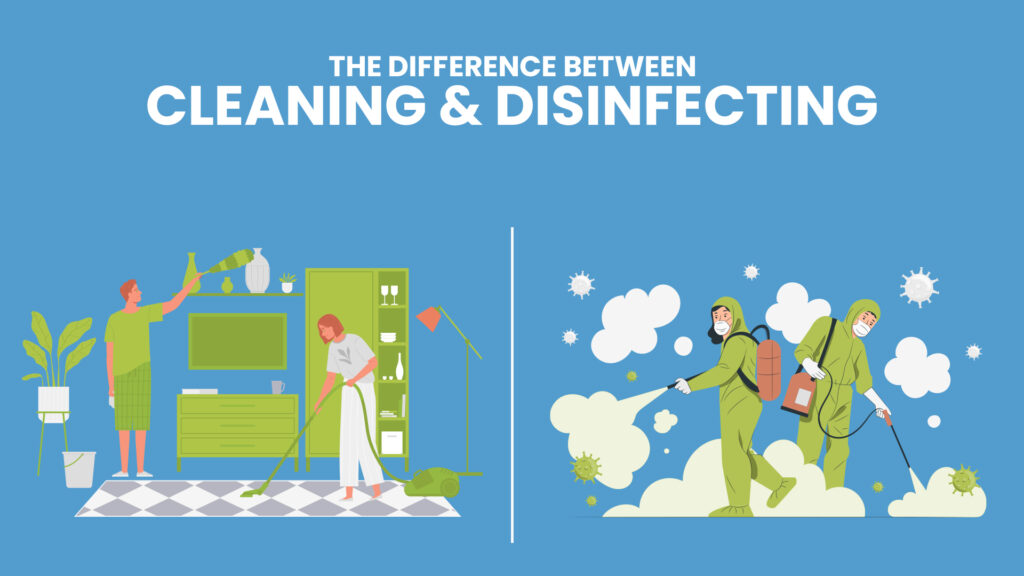
The difference between cleaning and disinfecting:
It is important to note that cleaning and disinfecting a surface aren’t the same. Cleaning merely relates to removing dirt and particles, while disinfecting surfaces helps kill viruses, bacteria, and other pathogens.
Many substances help you in the cleaning process. For example, soap and vinegar are widely used to clean a surface and remove debris and dust. However, after cleaning, it is a must to disinfect your home to protect it from COVID-19.
How to disinfect your home from COVID?
The answer to your query on how to disinfect your home is divided into three sections, cleaning, disinfecting, and sanitizing. Read on and learn more about each step to disinfect your home after COVID.
1. Cleaning:
Ensure to remove germs from surfaces in your home. The first and foremost step is to clean the surfaces in your home. For this, you can use household cleaners that obtain soap and detergent that decreases the number of germs on surfaces. It further lessens the infection present on surfaces.
Cleaning alone eliminates germs on the surfaces, and it is essential to clean a surface before disinfecting and sanitizing it. This is because impurities like dirt make it harder for a chemical to kill germs.
When to clean the surfaces of your home?
- Clean highly touched surfaces regularly, including doorknobs, switches, and countertops, after you have visitors at home.
- Clean other surfaces in your home that have visible dirt. Or, if you have a child or elder with allergic or respiratory issues, clean them often.
- Clean surfaces using a product suitable for each surface.
How do clean surfaces safely?
In most cases, regular cleaning prevents the spread of germs. However, you can opt for certain products to clean a particular surface.
- For hard surfaces, you can opt for soapy water.
- For soft surfaces, including carpets or rugs, you can opt for a cleaning product appropriate for these surfaces. Lauder items using manufacturer’s guide. Use the warmest setting and dry products completely.
- Vacuum surfaces, including carpet, and get rid of the germs.
- For electronics, you can opt for putting a wipeable cover on it. This makes cleaning and disinfection easier.
Further, cleaning your hands regularly is also a way to keep the surfaces clean and away from germs.
2. Sanitization:
Sanitize food contact surfaces after a natural disaster. The objects require sanitization once they are cleaned. For instance, you can sanitize objects regularly to kill germs, including toys and infant feeding items. It would be best if you opted for sanitizing your fridge after you have a recalled food item.
However, opt for a sanitization solution appropriate for surfaces, and follow the manufacturer’s guide on the label.
How can you sanitize surfaces?
Daily sanitization isn’t necessary if you clean your surfaces regularly. To sanitize your surfaces, one must use a bleach solution or a recognized and certified sanitized spray.
- Sanitize infant objects and toys while boiling, steaming, or using a solution. Check with the manufacturer’s guide which solution to use.
- After sanitizing, place items on a cloth, and let them dry before storing and using them.
- Never use a dish towel because germs will be transferred easily
- You can clean it with hot and soapy water for hard surfaces, including countertops and other food preparation areas. Further, sanitize it afterwards once it has been touched or contaminated with raw meat or poultry item.
3. Disinfecting:
In addition to cleaning and sanitization, disinfection is an important process too. Disinfecting your house after COVID occurrence is important. Further, disinfecting is necessary if someone is at a higher risk or has a weak immune system.
How to disinfect safely?
In order to disinfect, use a registered product or a strong bleaching solution. Clean the surface with water and soap, and sanitize and disinfect it afterwards. In order to disinfect safely, follow the steps listed below:
- Read the directions for using the product labelled by the manufacturers. It ensures safe and effective disposal
- Wear the recommended equipment, including gloves, mask, and glasses, to keep yourself safe
- Leave the disinfectant surface as per the label on the solution. It is known as the contact time, which you can find in the guidelines of the directions. The contact time makes sure germs are killed.
- Make sure ventilation around your home is good when disinfecting it
- Store and use chemicals away from children and pets
- Don’t wipe or bath your pets with a disinfection solution
- After disinfecting your surfaces, immediately wash your hands, so no solution is left to harm your hand
The other considerations to opt for COVID-19:
Besides cleaning, disinfecting, and sanitization of surfaces, you can opt for the following protective measures to keep yourself safe from COVID-19. The measures listed below are:
- Wear a mask that covers your nose and mouth properly
- Wash and moisturize your hand when you touch a surface
- Stay home, and go out when it is important
- Follow COVID-19 guidelines released by your state government
In a nutshell:
To learn how to disinfect your home, you can take help from the guidelines listed above. The guideline mentions all the intricate details, keeping you and your family safe and sound from COVID-19 and other infections.



